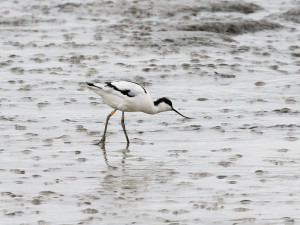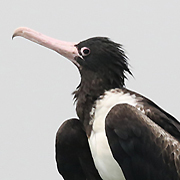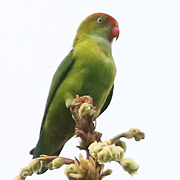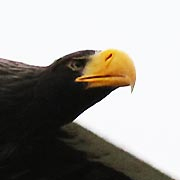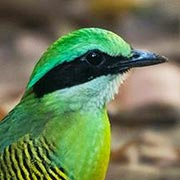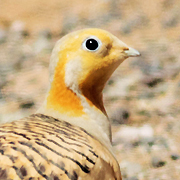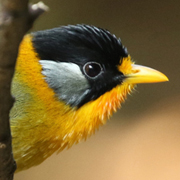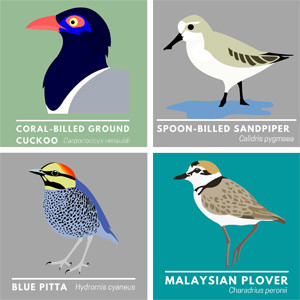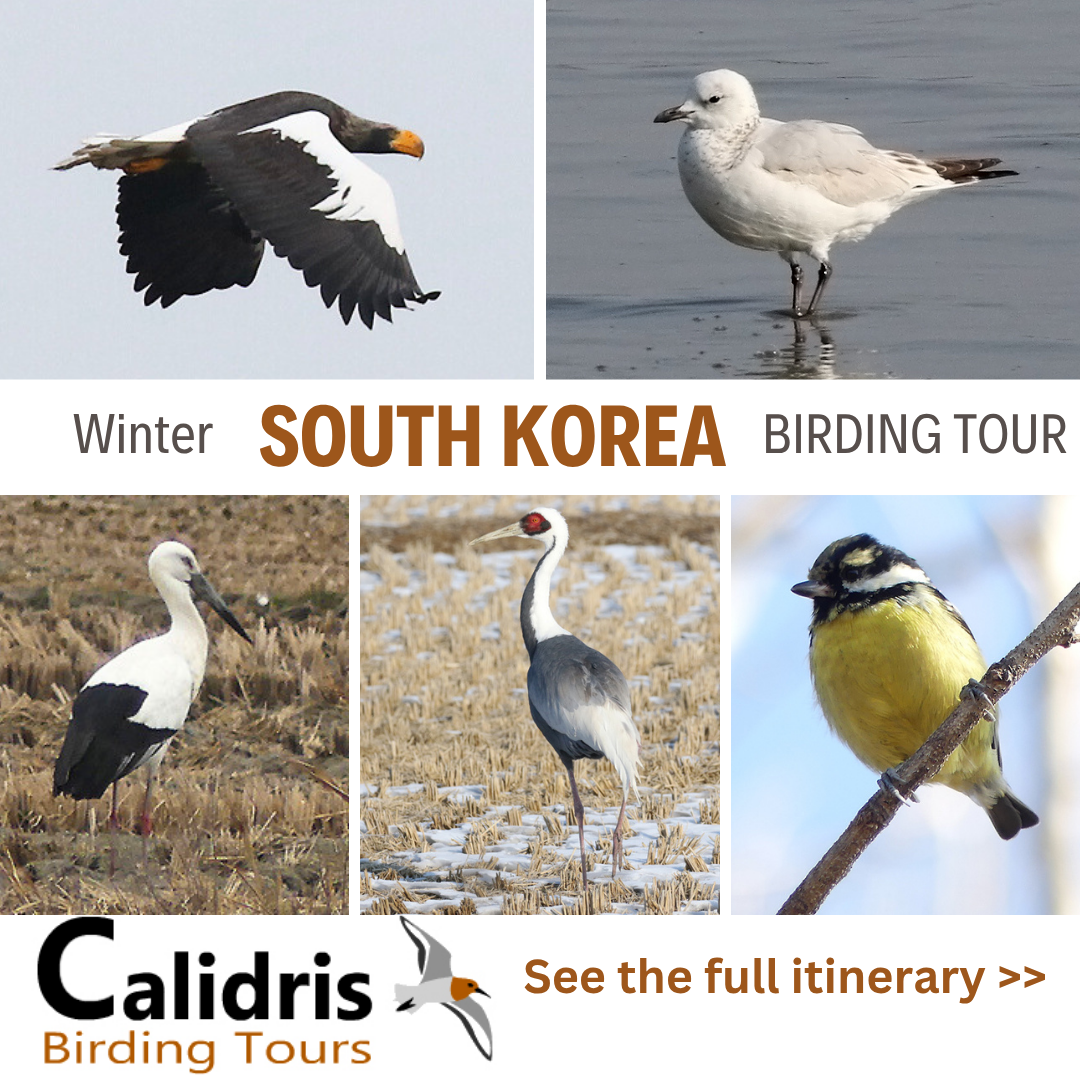On a quite grey and gloomy day on 3rd October 2020 I made a visit to RSPB Rainham Marsh which is just inside the boundary of London. Rather than enter the reserve immediately I walked along the River Thames where there were an intriguing group of gulls and waders which tricked me into thinking there might be something rare among them. Flocks of Common Teal, Black-tailed Godwit and Black-headed Gull were accompanied by smaller numbers of Common Redshank, Pied Avocet, Dunlin, Herring Gull and a single Curlew. A pleasant group of birds but lacking the scarcer autumn migrant I was hoping for. Birding through rough riverside habitat turned up very little so I attempted to photograph some of the birds feeding on the mud. Due to the poor light conditions and distance of the birds this was not very successful and at home I went through the photos and began deleting them until I came across a photograph of a Pied Avocet that revealed something interesting. Read more »
Independent Birding at Zaamin National Park | Birding in Uzbekistan
Uzbekistan is a surprising country with a wide variety of landscapes, ancient historical monuments, some interesting food and drink as well as good infratructure that makes the country easy to travel in independently. However, my wife and I pushed this a little further than most travelers to the country by visiting Zaamin National Park where [...]
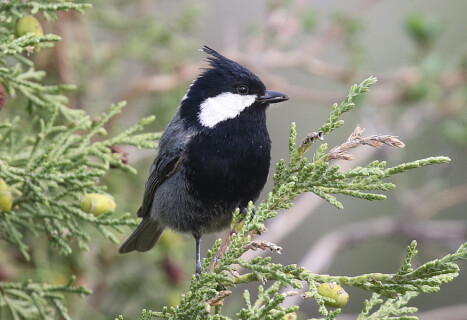

City Park Bird Abundance | Birding in Thailand
For those of us lucky enough to travel internationally to see birds it quickly becomes apparent that in some countries birds are abundant while in others birders have to work harder to see a wide range of species. This was brought home to me most recently spending a morning at Sri Nakorn Kuean Khan Park [...]
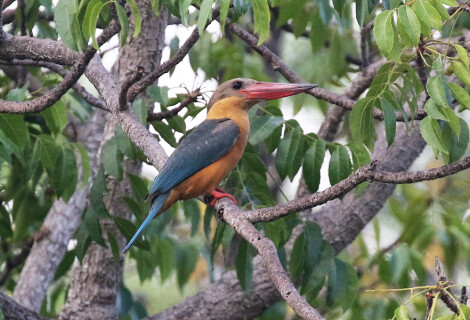

Touristing & Birding at Petra | Birding in Jordan
For those of us who travel with non-birding partners it can sometimes be tricky to balance enjoying time together somewhere interesting and the craving to maximise the opportunity to see new birds in new places. Personally, having a good holiday with my wife is the most important thing when planning trips together but doing some [...]


Rainy Season Birding at Pathum Thani Rice Research Centre | Birding in Thailand
There can be times of the year when bird watching hits a trough because a lack of activity, unhelpful weather or overfamiliarity with a smaller selection of species than at other times. In Thailand these factors are all true in the rainy season with a large number of species absent, on their breeding grounds further [...]


Mountain Birding from Chimgan | Birding in Uzbekistan
I have always loved immersing myself in mountain landscapes but over recent years my opportunity to do so has been limited with much of my time spent in tropical forests and wetlands in Thailand so when the opportunity presented itself to spend some time birding in mountain habitats in Uzbekistan I took it without having [...]
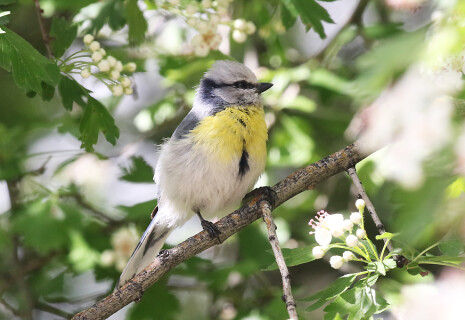

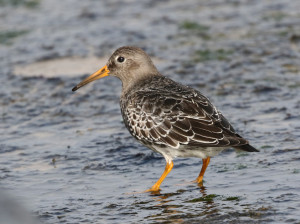
Purple Sandpiper Close Encounter | British Birds
 October 21st, 2020
October 21st, 2020  Nick
Nick The arrival of some birds really gives you a sense of the time of the year and for me when autumn comes around in UK I look forward to seeing Purple Sandpiper. This handsome little wader breeds within the arctic circle but at this time of the year they move further south and small numbers of them spend the winter on rocky coasts in Britain, frequently using the base of harbour walls, rocky slipways and other man-made structures that are submerged at high tide but exposed at low tide for feeding upon. Purple Sandpipers are scarce enough to me that I am not over familiar with them but at the same time I frequently saw small groups of them at Bridlington Harbour in East Yorkshire when I was at university, so that when I catch up with them it feels like meeting an old friend.
Last week I was lucky enough to make a short trip to Suffolk and spend an afternoon watching a small number of Purple Sandpipers feeding on rocky sea defences at Southwold, a short distance north of the pier. One of the delights of Purple Sandpipers is that they will often be so busy feeding that they ignore the close proximity of humans so that I was able to sit quietly and watch them go about their business until they were actually feeding at my feet. What a way to watch these smart little birds. Read more »

Colour-ringed Herring Gulls x 3 | British Birding
 October 13th, 2020
October 13th, 2020  Nick
Nick A few weeks ago I came across three different Herring Gulls with colour rings on their legs within the space of just a few days, all in roughly the same area; the Swale in North Kent, UK. The first of the three birds I noticed briefly on the shoreline before it took off. I took a couple of quick photographs of it at some distance in poor light and did not really think that I would be able to read the code on the colour ring. However, when I zoomed in on the leg I found that I had luckily caught the ring at the right angle and by looking at the series of photos I was able to make out the whole of the alphanumeric code. I was quite surprised that it was possible to read the ring from photos taken at such a range and when I spotted two more Herring Gulls with similar rings I did not hesitate to photograph them even though I was some distance from them.
I was able to read all three colour rings and report them to the relevant group that had ringed all three birds. Photographs off all three birds are displayed below as are the maps that I received showing where the birds were originally ringed and other subsequent reports of the birds. Read more »

Bearded Vulture in Lincolnshire | British Birding
 October 13th, 2020
October 13th, 2020  Nick
Nick Bearded Vulture, or Lammergeier, is a bird I have seen in the high mountains of the Himalayas, Tien Shan, Alps and Pyrenees but when I heard of reports of the long-staying bird in UK from a little north of Peterborough, in the southern part of Lincolnshire, the chance to see it in the lowlands of England prompted me to make a plan to wake up early and head north to see the bird at first light in the tree it was known to be roosting in. Waking up at silly o’clock the traffic was light and I got on site, where other birders were already watching the bird, perched on top of a tree, around 150 metres away, across a field. Standing in a village, watching the bird was a little strange but locals seemed interested and not too annoyed by the circus that had descended upon them.
Being mobbed by Carrion Crows, Jackdaws and Rooks, the Bearded Vulture remained mostly obscured by the foliage of its roost tree and to be honest the experience was not really that special, but how that would change later in the day! Read more »
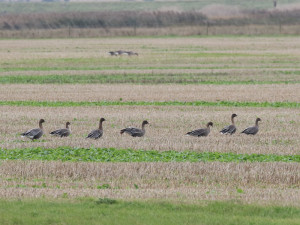
Autumn Birds on Isle of Sheppey | British Birding
 October 9th, 2020
October 9th, 2020  Nick
Nick Another window in the blustery and wet weather conditions yesterday gave me the opportunity to enjoy the outdoors. Where to go? There were some interesting birds reported from the far east of Kent and rarities in other parts of the country but there is one place that keeps drawing me towards it; the Isle of Sheppey. It isn’t exactly the most beautiful part of the country nor is it the most reliable part of Kent for rare autumn migrants but there is something about the open spaces and loneliness of the place that I like and the report of a group of 6 Pink-footed Geese was enough to make my mind up.
About an hour after leaving I got out of the warmth of my car to a rather shocking cold wind ripping across the marshes at Capel Fleet on the Isle of Sheppey. A scan through my ‘scope revealed a lot of Greylag Geese in the far distance and along with them some slightly smaller, dumpier geese that looked like Pink-footed Geese, but surely that was seven birds not six? A closer look was required. Read more »
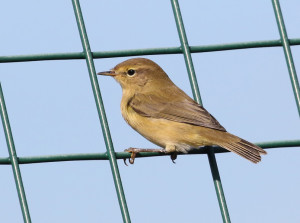
Isle of Grain & Hoo Peninsula Birds | British Birding
 October 6th, 2020
October 6th, 2020  Nick
Nick It was with some sense of relief that I looked out of the window this morning and saw that after several days of awful weather the skies had finally cleared so a birding excursion was quickly planned. A group of Whooper Swans had been reported a few days previous on nearby Hoo Peninsula, near the Isle of Grain in North Kent. Although I have seen lots of these birds in other parts of the world I don’t see very many of them in UK and with foreign travel not being an option currently I decided to go and see if it was possible to view them well or whether they would be mere white dots in a distant field. Given the time of the year I thought that I would also take a look around various scruffy areas on the coast in the “island” to see if I could find any interesting migrant birds. Read more »
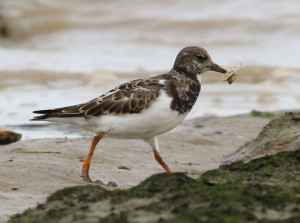
Ruddy Turnstone Feeding Behaviour | British Birding
 September 29th, 2020
September 29th, 2020  Nick
Nick Whenever I visit stony or rocky coasts around Britain, no matter what other birds of interest there are to enjoy watching, eventually I am always drawn towards Ruddy Turnstones. These comical little characters are always busy running around on the rocks or among piles of seaweed, grabbing morsels of food and bickering with each other as they go. The levels of activity that they engage in means that they can be oblivious to the presence of humans and often very approachable; in this way they become very familiar when birding near the coast. Whenever I see them I feel like I am visiting an old friend. Ruddy Turnstone is one of the most widespread and abundant shorebirds in the world, breeding in Arctic tundra but outside of the breeding season it is recorded on stony and rocky shores as far south as South America and Australasia. Of course, most birders will know that they get their name from the way that they turn over stones to look for prey items that live beneath but this hides the fact that they use a variety of other feeding behaviours, in fact one other feeding technique seems to be favoured by the most dominant Turnstones. Read more »


